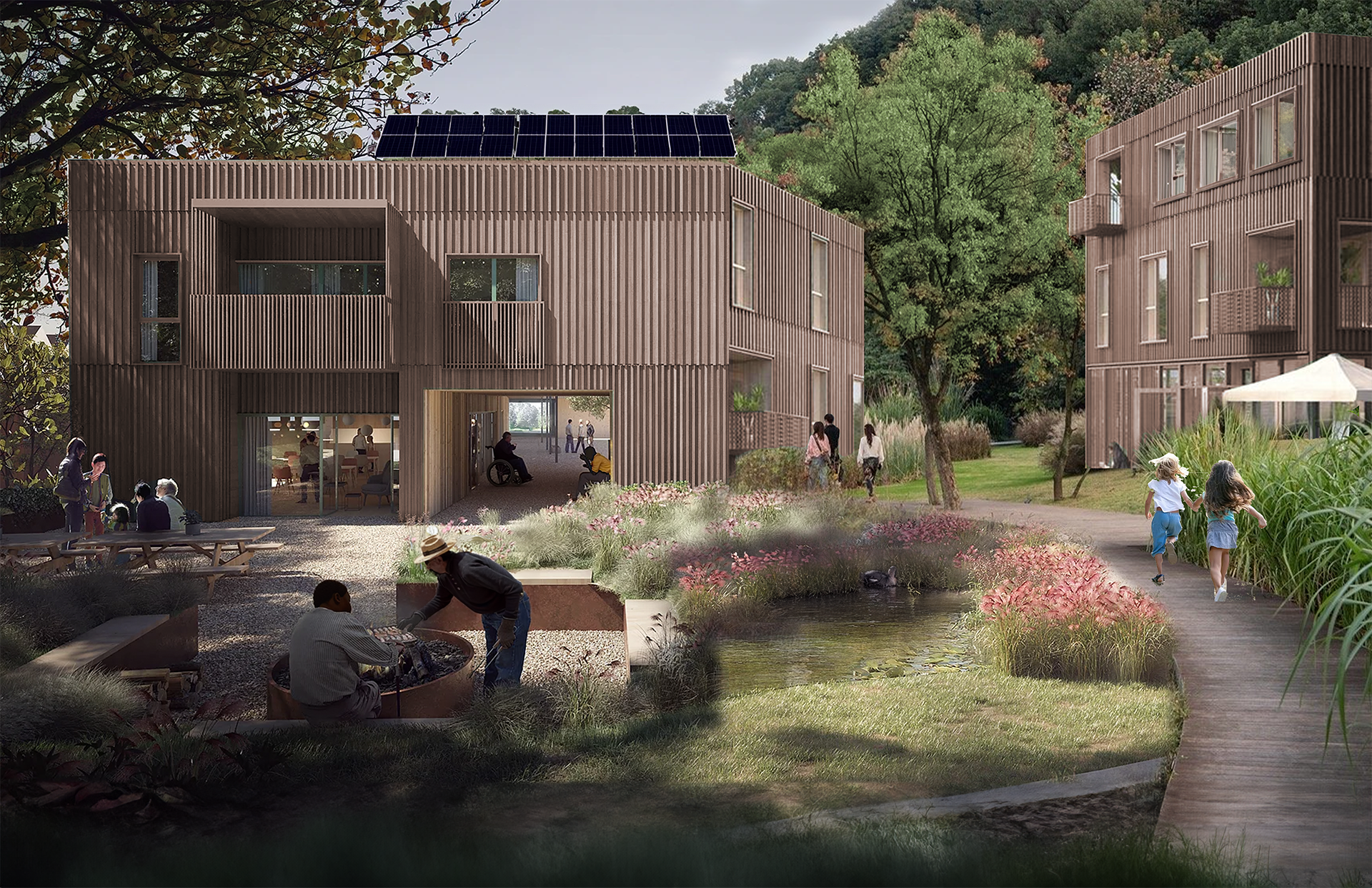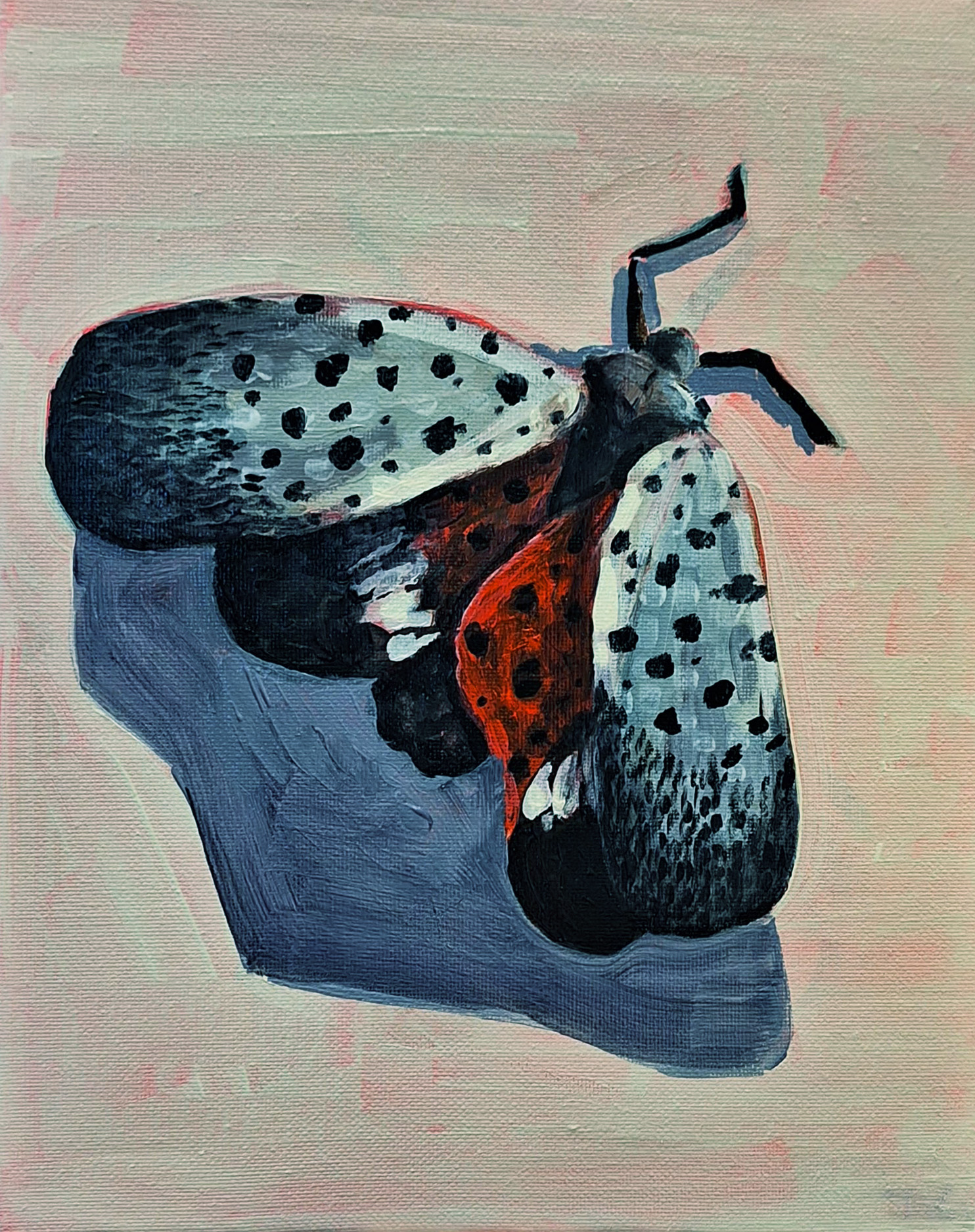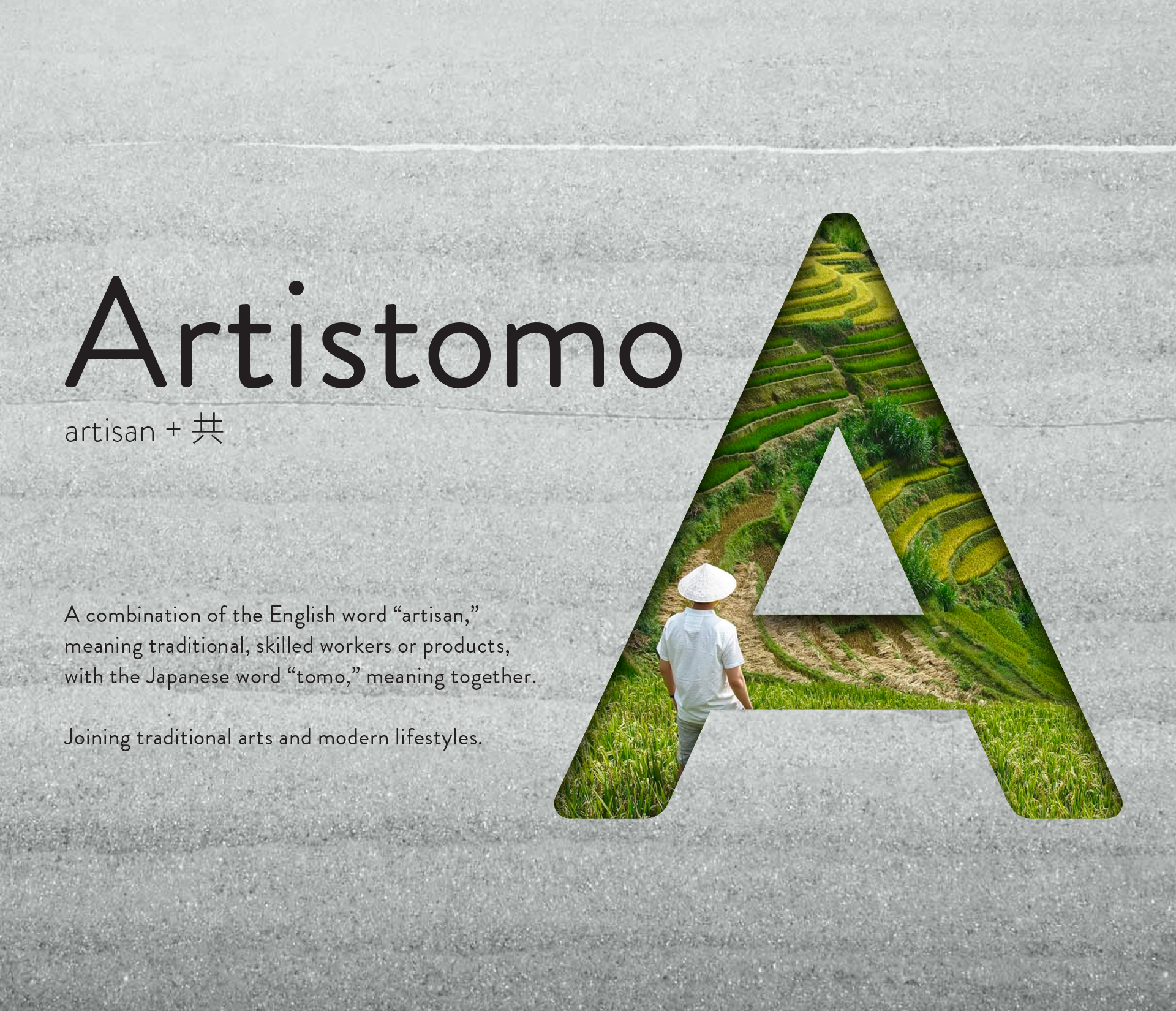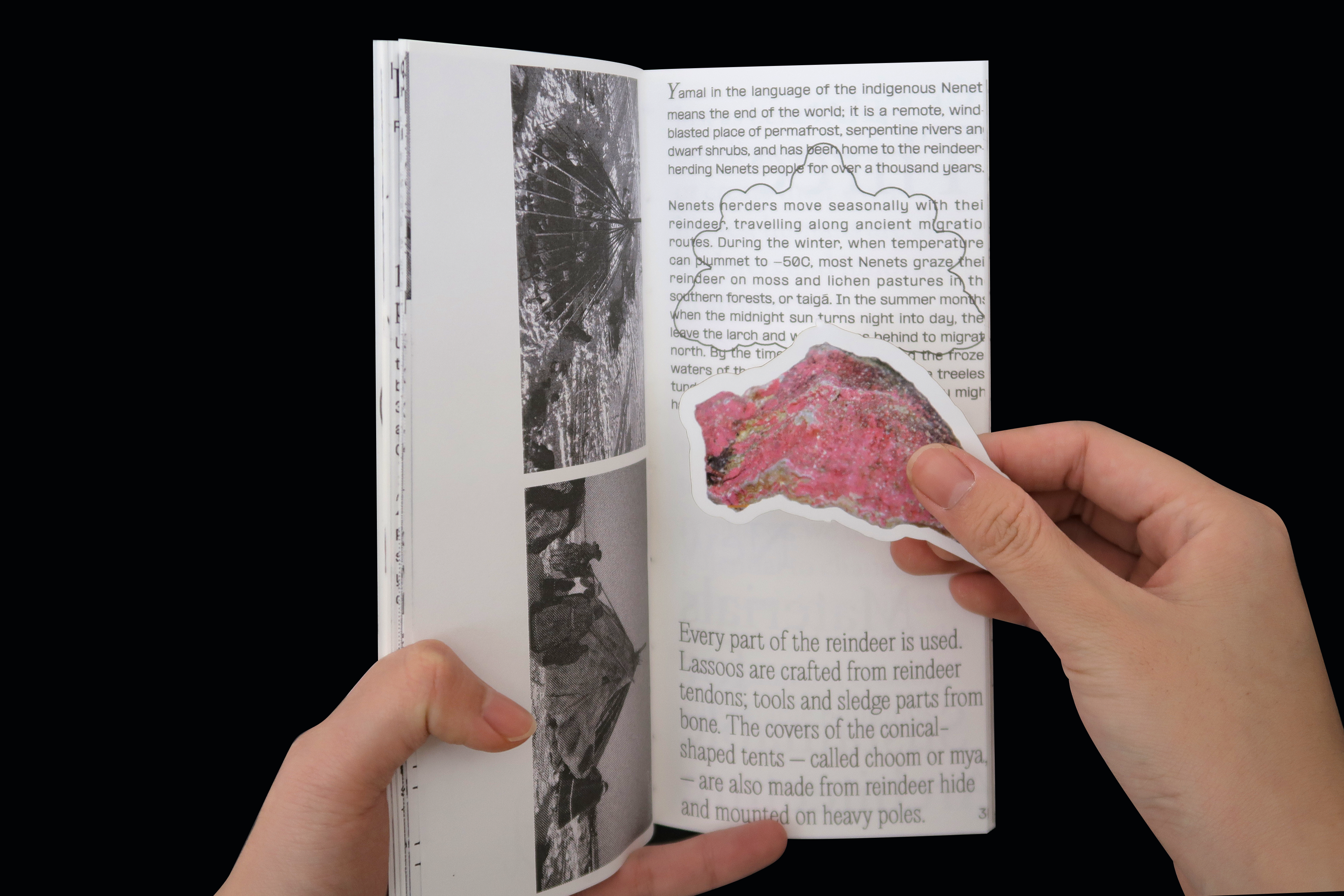Category: Projects
-
The Nature’s Touch
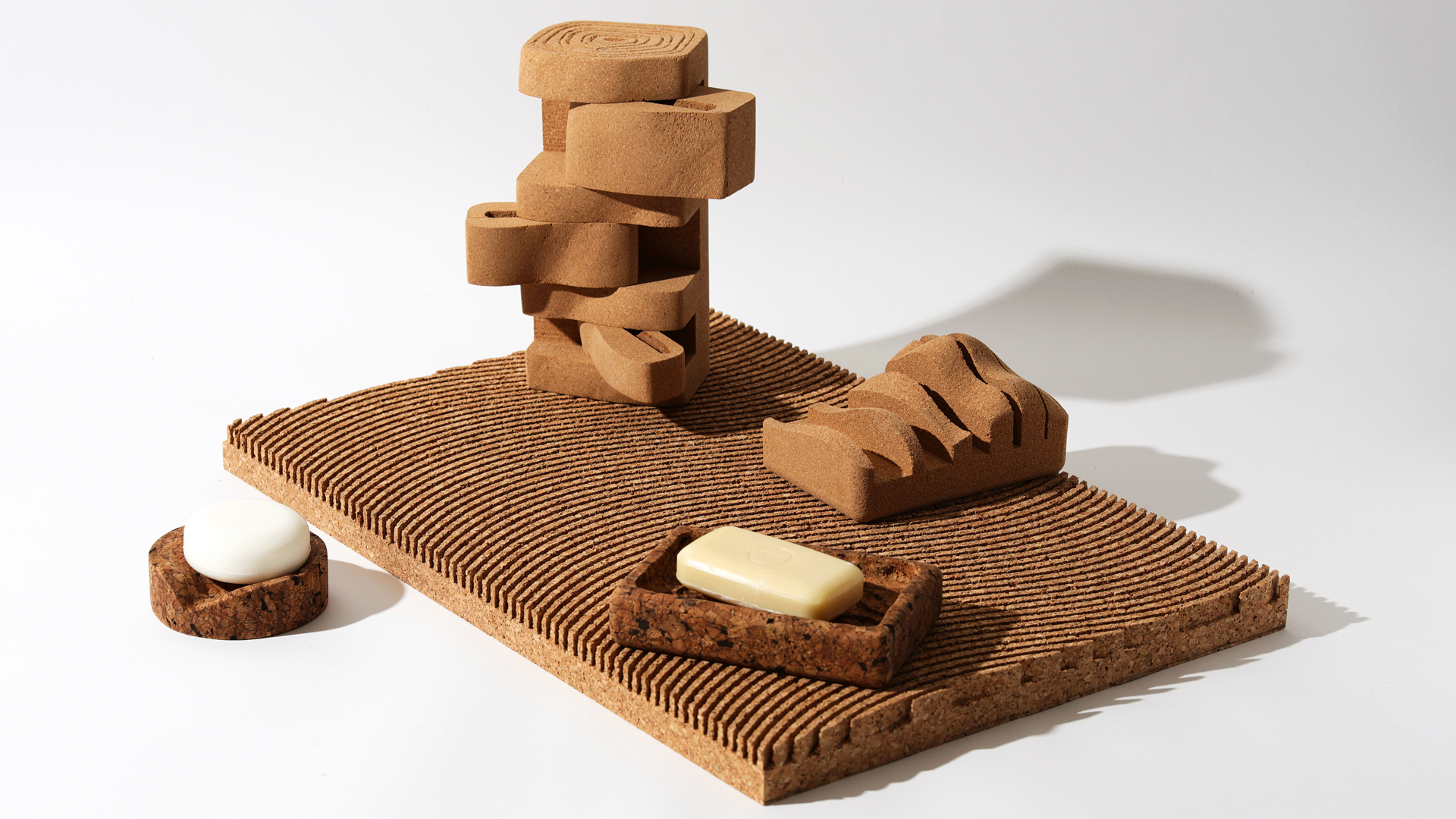
The Nature’s Touch is a set of bathroom product. Inspired by nature, it is made of cork and utilizes various properties of this eco-friendly material, such as water resistance, friction, and flexibility. The Nature’s Touch includes an organizer, a bath mat, soap boxes, and a towel rack. While embracing the natural characteristics of cork, this…
-
Shift Train
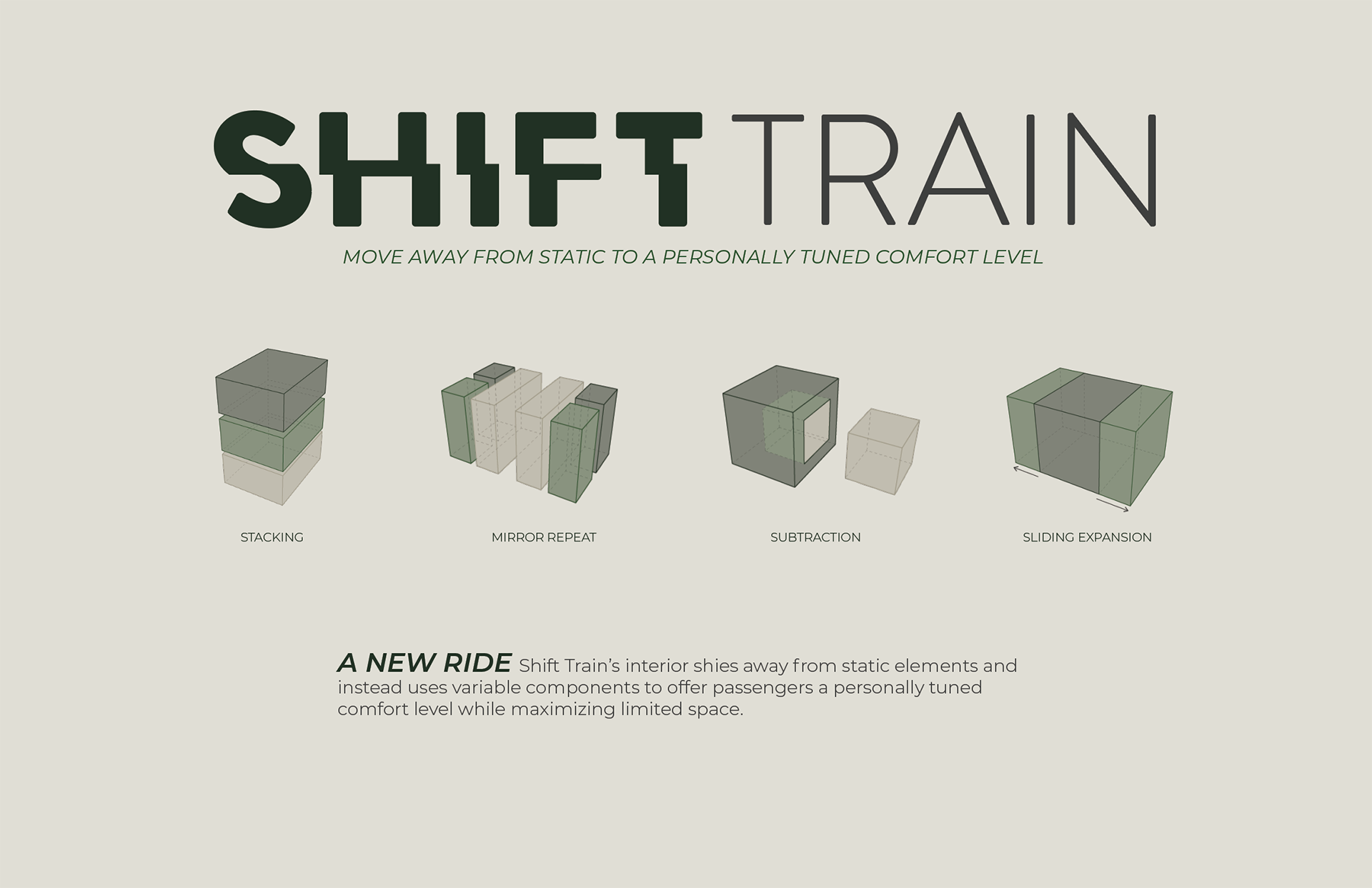
Rail transport is the most environment-friendly way to travel. Allowing for multiple configurations and options for both solo and group travelers, the design of Shift Train maximizes the train’s capacity and prevents underutilization of space. With thoughtful material selection and pre-fabrication the train becomes more sustainable with durable and easily replaceable components. Throughout Shift Train,…
-
CMate
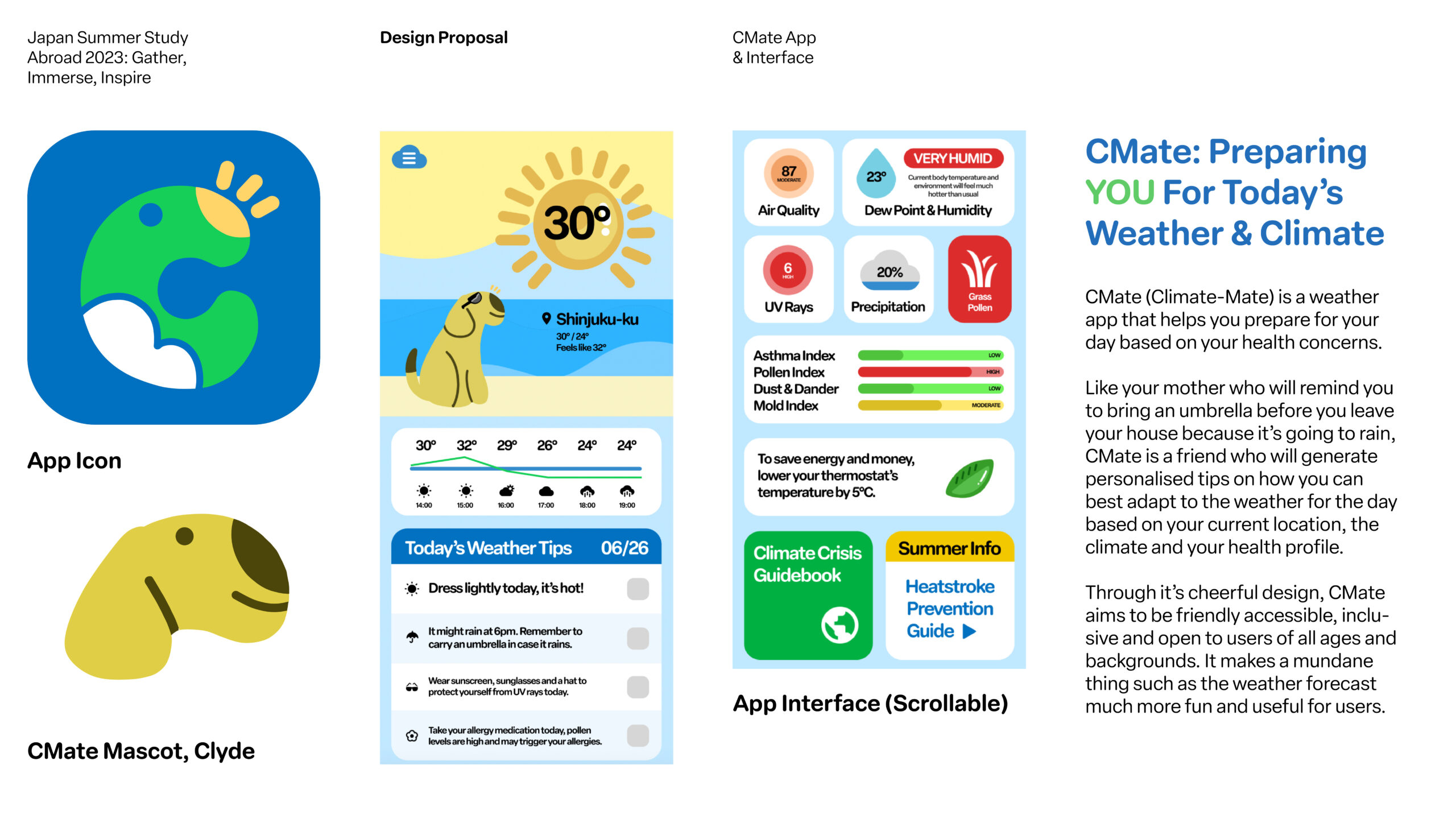
CMate (Climate Mate) is a weather app that helps individuals prepare for their day based on their health concerns. CMate applies the health concerns of its users to their current location and climate, to create personalized weather reminders and forecasts so that users can adapt to the rapidly changing climate, individually. Designed to be friendly…
-
Motta Booth: Extending Convenience and Limiting Food Waste

Inspired by an immersive three-week course in Japan, motta is a design for a publicly accessible booth that houses surplus, unsold food from grocery and convenience stores, as well as composting organic matter, all to limit food waste. This project falls under UN SDG goal number 12: Responsible Consumption and Production, specifically under target 12.3,…
-
Mapping Myself
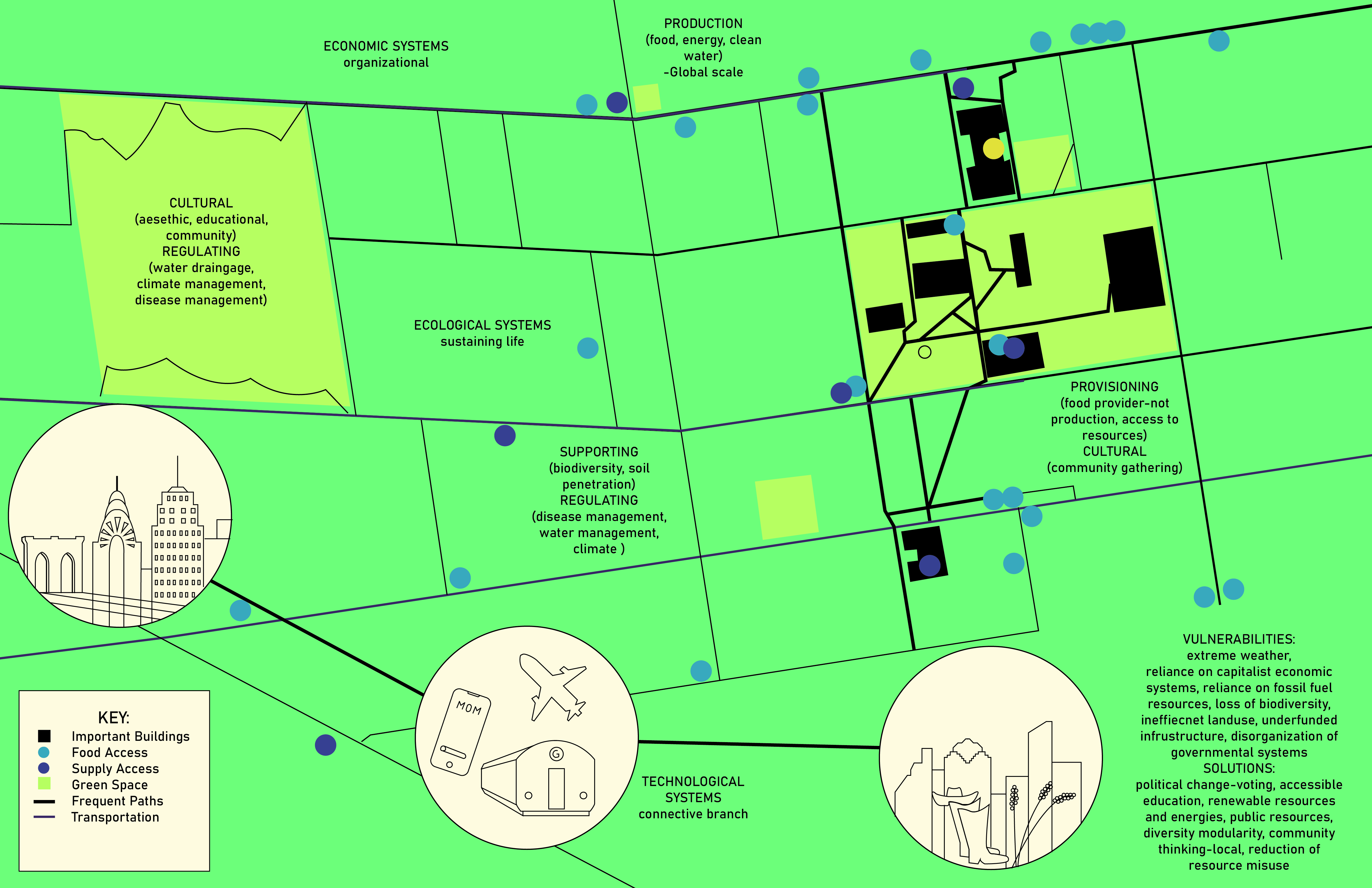
For this project we were tasked with identifying and evaluating the various systems on a map of our daily lives. This portion looks at the Pratt campus and my life in the surrounding neighborhood. School of Architecture | Undergraduate Architecture Student: Vaughn Corson Faculty: Rafael De Balanzo Joue Systematic ThinkingSystems within the confines of the…
-
Bringing New Life To An Old House
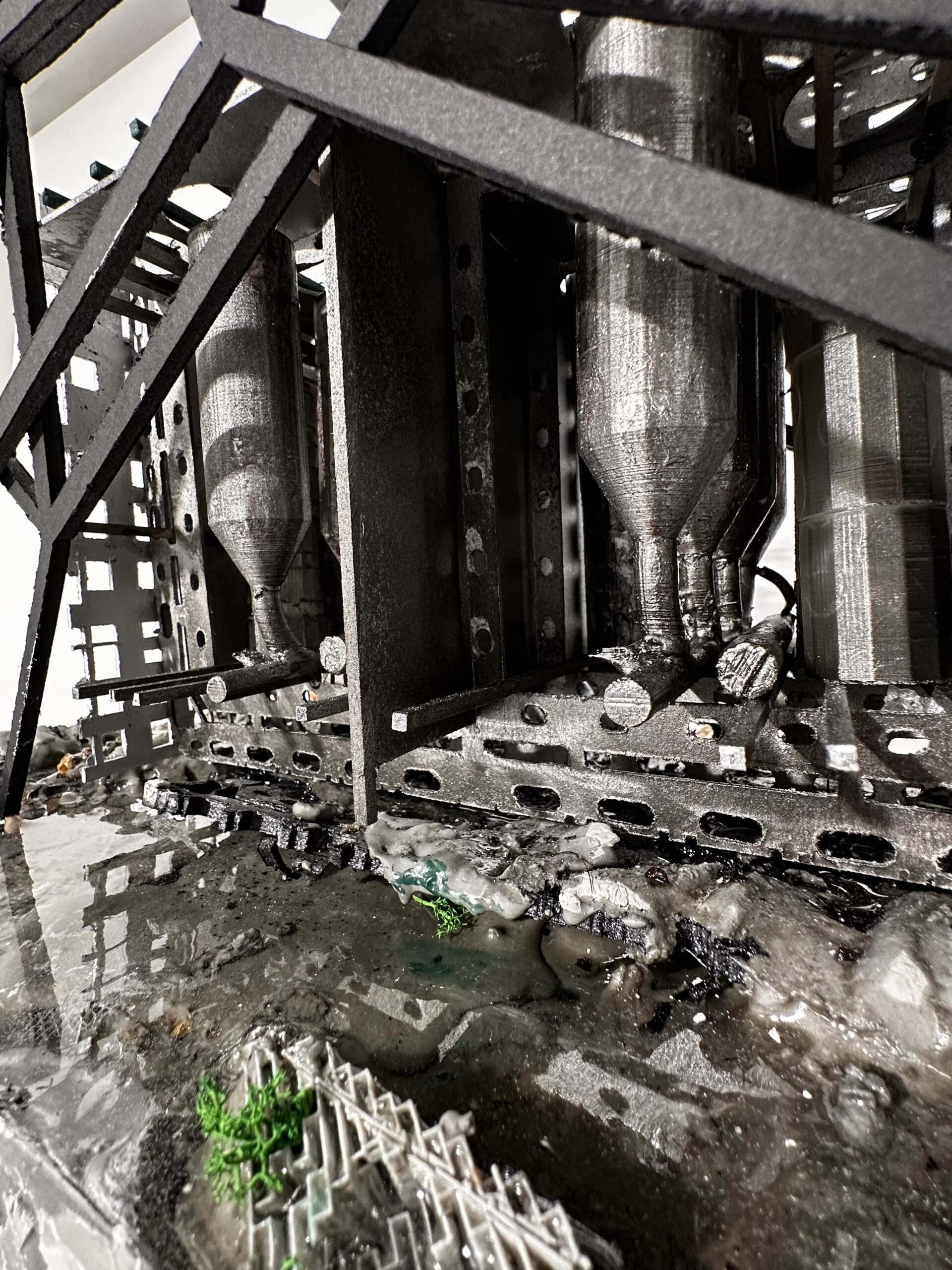
Existing buildings are given new life through adaptive reuse interventions that are transformative. The greenest building is the one that already exists, and adaptive reuse provides opportunities for design leadership: being able to make imaginative proposals in existing structures means fewer buildings on greenfields. A rain pit pools water away from trees to ameliorate flooding.…

